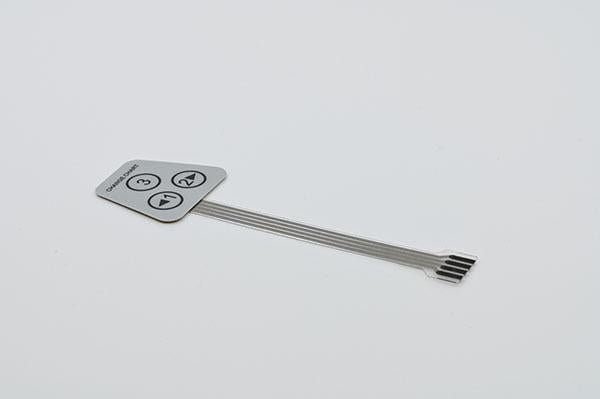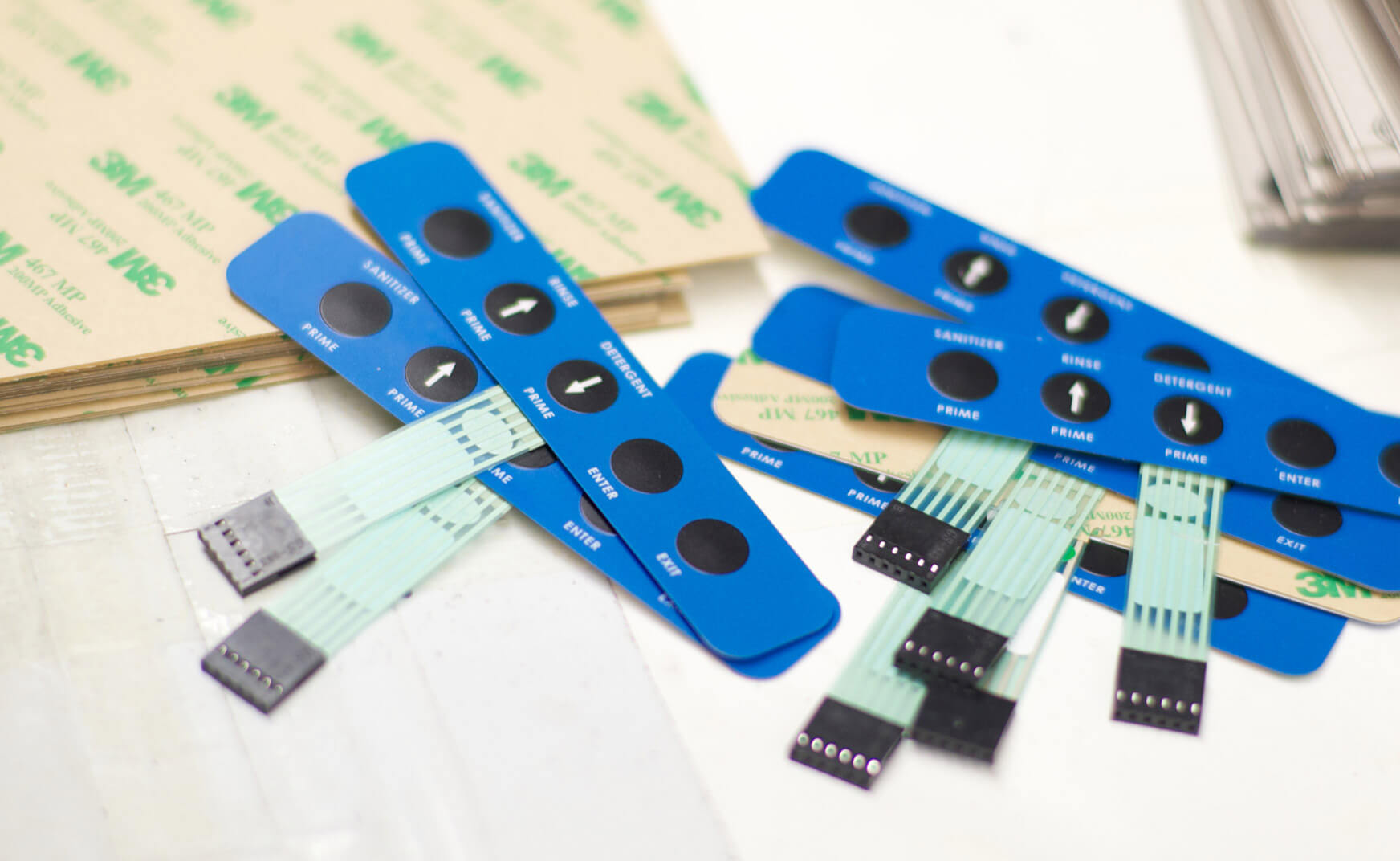The Function of a Membrane Switch in Modern Touch Interfaces and Controls
The Function of a Membrane Switch in Modern Touch Interfaces and Controls
Blog Article
Comprehending the Performance of Membrane Layer Switches Over for Interface Tools
The performance of membrane switches over represents a considerable development in customer interface layout, integrating performance with aesthetic versatility. These buttons run via a multi-layered framework that translates individual communications into electric signals, enabling for both portable designs and resilience versus ecological aspects. As sectors increasingly prioritize individual experience, comprehending the subtleties of membrane button technology ends up being necessary. What implications do these advancements hold for future applications, and how might they redefine customer interactions throughout numerous tools?
What Are Membrane Layer Switches?
Membrane buttons are cutting-edge interface gadgets that assist in individual communication with electronic tools. These flexible elements contain several layers, consisting of a graphic overlay, spacer, and a published circuit layer. The design permits a smooth integration into various electronic tools, enhancing both the aesthetic and functional aspects of interface.
Membrane buttons are commonly utilized in a large range of applications, from house home appliances to industrial equipment and clinical devices. Their construction commonly features a thin profile, making them an excellent choice for small layouts. The responsive responses supplied by these switches can be engineered to meet specific user preferences, making certain effective interaction between the individual and the device.
Sturdiness is another significant advantage of membrane buttons, as they are resistant to dust, wetness, and chemicals, which boosts their life expectancy popular environments. Additionally, these switches can be tailored in regards to form, dimension, and graphic design, permitting branding and user-specific attributes. In general, membrane layer changes represent a functional solution for boosting user experience in electronic gadgets, combining capability with aesthetic allure in an efficient fashion.
Just How Membrane Layer Changes Job
Operating on a straightforward concept, membrane switches over make use of a layered construction to register customer input properly. Each switch is composed of multiple layers, consisting of a published circuit layer, a spacer layer, and a leading graphic layer, which are created to work together seamlessly. When an individual presses the leading layer, it compresses the spacer layer, bringing the conductive aspects of the circuit layer into call with each various other.
This get in touch with creates a shut circuit, signifying the device to perform a details function. The style enables for different configurations, consisting of responsive comments, which can boost the individual experience by supplying a physical sensation upon activation. The materials made use of in membrane switches frequently consist of versatile substratums, such as polyester or polycarbonate, which make sure resilience and durability versus damage.

Trick Benefits of Membrane Layer Buttons

An additional substantial benefit is their density. Membrane layer buttons are slim and lightweight, which allows makers to save space in their tools without giving up functionality. This attribute is especially valuable in applications where weight and quantity are crucial factors to consider.
Additionally, membrane buttons are resistant to dust, wetness, and chemicals, improving their resilience. This strength prolongs their life-span and decreases the need for constant substitutes, resulting in price savings over time.
Furthermore, the tactile feedback supplied by membrane switches can be optimized to improve customer communication. They can include functions such as elevated buttons or audible clicks, enhancing functionality and user experience.
Applications Throughout Industries
Interface gadgets utilizing membrane layer buttons are widespread in a wide variety of markets, showcasing their adaptability and functionality. Membrane Switch. In the clinical market, membrane layer buttons are essential to devices such as diagnostic equipment and individual tracking systems, where their resilience and convenience of cleansing are essential for keeping health standards. In a similar way, in the automotive industry, these switches are employed in dashboard controls hop over to these guys and infotainment systems, providing a streamlined and modern user interface for users.
Moreover, the customer electronics sector advantages from membrane buttons in devices and handheld tools, where compact style and user-friendly interfaces boost customer experience. Industrial applications likewise leverage membrane layer switches for control board in equipment and automation systems, highlighting their effectiveness and resistance to severe settings.
In the aerospace and protection markets, membrane buttons are used in cockpit controls and equipment, where dependability and efficiency under severe problems are extremely important. In addition, the pc gaming sector progressively includes membrane switches in controllers and arcade equipments, adding to an appealing user experience. Overall, the flexibility of membrane switches over allows their extensive usage across many sectors, highlighting their relevance in modern-day individual interface style.
Future Fads in Membrane Layer Switch Innovation

Furthermore, making use of advanced materials, such as polycarbonate and polyester films, is expected to rise, supplying improved sturdiness and resistance to environmental stress factors. These products add to the general durability of membrane buttons, making them ideal for harsher industrial applications.
Additionally, the incorporation of smart technology, including IoT connectivity, will make it possible for membrane buttons to interact with other gadgets and systems, promoting a much more interactive customer experience. This fad aligns with the expanding demand for wise tools across numerous industries, from medical care to consumer electronic devices.
Lastly, modification alternatives are anticipated to broaden, enabling suppliers to develop bespoke remedies tailored to specific user needs and choices. These developments will position membrane layer buttons as important elements in the advancement of user interface innovation.
Conclusion
In verdict, membrane layer switches over stand for a pivotal improvement in customer interface modern technology, providing a reliable and functional option for varied electronic applications. As developments in material science and touch sensing innovations continue, the capability and applicability of membrane layer buttons are anticipated to broaden, enhancing their relevance in modern electronic gadgets.
Report this page